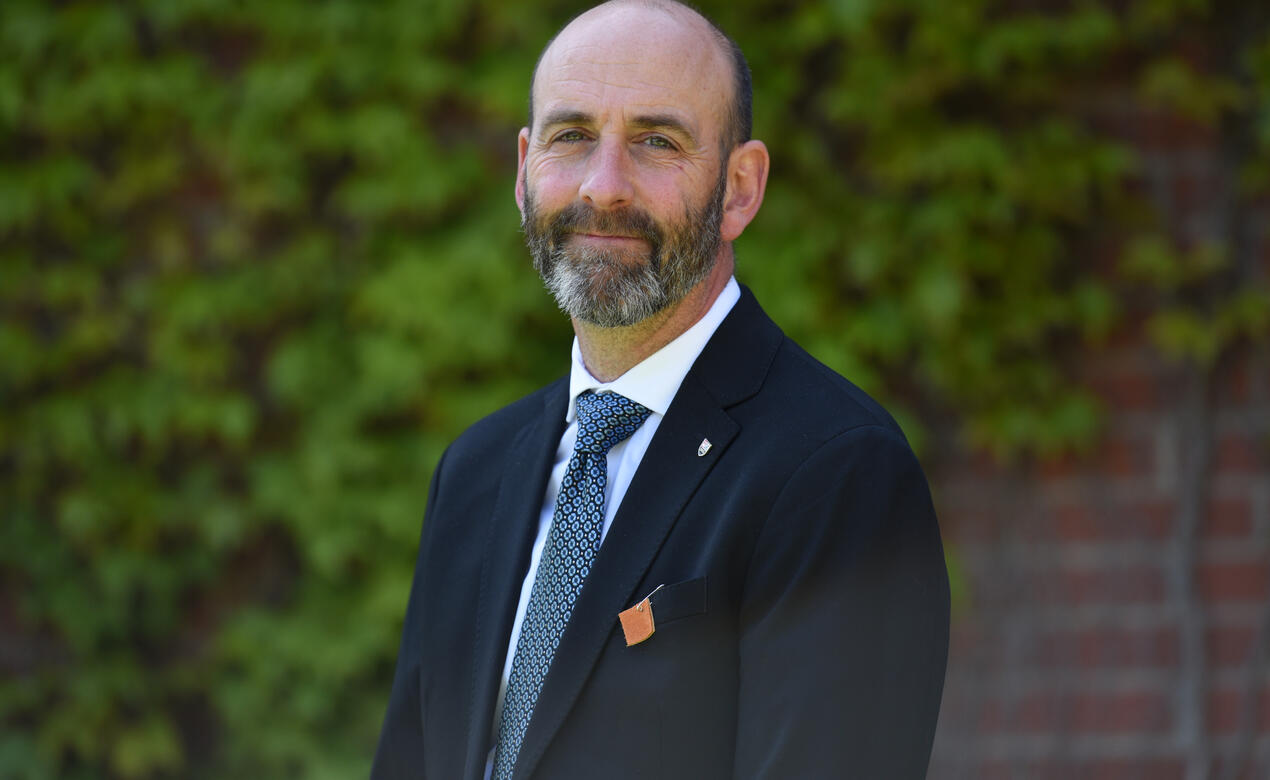
Walking through the quad a few weeks ago, I was heartened to see our Senior School Sustainability Council hosting a used clothing swap to bring attention to the issues of textile waste and fast fashion. At the same time, the Middle School’s Sustainability Council ran an incredibly successful transportation challenge for students and staff. Not to be outdone, the Grade 1s will soon be planting a new crop of cucumber seedlings in their classroom’s vertical farm.
These diverse initiatives, just a snapshot of the many taking place at the school, demonstrate pathways to explore as we all seek to reduce our ecological footprints. It is inspiring to see students of all ages so passionate about sustainability, and doing what they can in our community to foster positive change.
One might ask then, how are we as an institution demonstrating our commitment to a similar objective of becoming a greener school? We are thrilled to share a significant update on the progress made by our Sustainability Committee. This is an incredibly exciting step that we are proud to share with our community.
Over the last 18 months, the Sustainability Committee has been working to develop a formal target and associated roadmap for CO2 emissions reduction. That goal, which was endorsed in March by our Board of Governors, commits the school to reduce our Scope One CO2 Emissions by 60% by 2030.
(Scope One Emissions are defined as the emissions resulting from school-owned or controlled sources, such as natural gas for heating and powering our facilities, as well as mobile combustion resulting from our fleet of buses, vehicles, and maintenance equipment.)
To develop an emissions reduction target and roadmap, the committee undertook a two-stage process. First, we gathered historical and current energy usage data on our buildings and fuel usage for our transportation to calculate our greenhouse gas emissions. We also commissioned an audit of our facilities, to both calculate the annual CO2 emissions for each building and also make recommendations for designing a long-term strategic approach to reduce those emissions.
Second, we developed a multi-year plan under the direction of Craig Farish, our sustainability lead, that prioritizes building upgrades that increase energy efficiency, reduce emissions and align with end-of-life/planned replacement of large appliances.
This critical work enabled us to factor financial costs into the year-over-year budgeting process and demonstrate a financially feasible pathway to achieve our target. With the plan taking shape, the Sustainability Committee presented a motion to the Board of Governors, outlining the target, timeline, and projected costs. We aimed to prioritize a pathway that surpassed BC's legislated targets of a 40% reduction and would put us on a similar path as progressive universities, including UBC and UVic. To our great satisfaction, we discovered that with committed funding as part of our operational budget, we are able to set a challenging, doable and aspirational target. In March, the Board approved the target of a 60% reduction in Scope One Emissions by 2030, using the 2021 data as our baseline.
The Next Steps on Our Journey
Plans are already underway to implement the first three significant aspects of our plan. The first aspect relates to energy efficiency, monitoring and optimization of the campus buildings. This will include the installation and upgrading of the Integrated Direct Digital Control System and Building Automation Systems. By upgrading these two systems, controls and sensors, we gain a more refined and efficient control of the heating and air handling system across our campuses: Junior School, Richmond Road, Derby facility and the SMUS Rowing Centre.
The second aspect of the plan is the purchase of an electric school bus, which is scheduled for arrival in 2024. This initiative aligns the school’s ongoing effort to maintain a modern and efficient bus fleet and our goal to dramatically reduce our Scope One vehicle fleet emissions. As with other electric vehicles, the switch from diesel to electric will also reduce our reliance on fuel and its wild price fluctuations.
Recognizing that many of the emissions reductions are infrastructure-based or not overtly visible on a day-to-day basis for our school community, the third aspect of the plan is to share our progress with the school community on a regular basis. We will endeavour to highlight our progress towards this target and use teachable opportunities that arise from our work in this area.
We hope you share our tremendous excitement to continue making progress towards a more sustainable future for our school and community.



